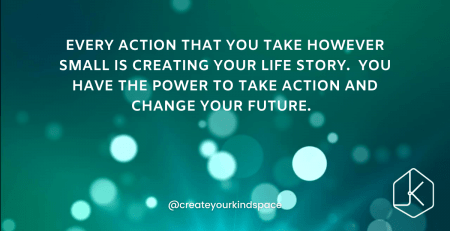Loneliness Changes the Brain
Estimated reading time: 5 minutes
Loneliness is a complex issue, not least because it is influenced most by how someone feels about being alone, rather than the actual amount of time spent alone or with reduced social contact. Someone can feel lonely when outwardly it may appear that they have sufficient social interaction, and equally, someone with very few social contacts may not report significant feelings of loneliness.
There is a strong connection between feelings of loneliness and negative impacts on physical and mental health, including evidence that it increases vulnerability to Alzheimer’s disease-related dementias. Lonely older adults are 1.64 times more likely to develop clinical dementia than persons who do not self-report as lonely.
Therefore, research into loneliness is critically important to better understand why there are differences in individual experiences and outcomes.
This article shares some of the findings from a recent study published in the journal Nature Communications by a team of Canadian researchers from the Montreal Neurological Institute-Hospital. The research looked at the brains of lonely individuals and has identified some key differences from those who don’t experience loneliness.
About Our Blog
We live in an ageing society. But what does that really mean?
In the next 20 years the balance of young and old will shift to the point where there will be one elderly person for every two people of working age. The challenge this presents is two-fold, a reduction in family members able to provide support and a smaller pool of professional carers.
TL Tech is a Smart Homes Solutions provider with a difference. We help people get the best out of smart home technologies and create unique home environments to meet their needs and budget. Our vision is to “create a home that cares for you as you age”.
Smart home technologies have the power to transform lives, especially for the vulnerable in our society. This blog series will be looking to showcase the opportunities, find out more about the people working in this field and how we can create a world “where smart meets kind” ®.
What Does Loneliness Look Like in the Brain?
The researchers used data from the UK Biobank imaging-genetics for approximately 40,000 people aged between 40–69 years along with demographic characteristics and a single binary yes or no question “Do you often feel lonely?”
The approach taken was to systematically chart the brain signature differences between those who identified as feeling lonely versus those who did not report feelings of loneliness.
The results show a strong linkage with a region of the brain known as the default mode network or default network. The default network is a collection of brain regions that typically show higher levels of activity when we are at rest awake, but not involved in any specific physical or mental exercise. The idea of a default network, however, is not universally accepted; with much more research required to fully understand the network’s exact functions. Although it is widely agreed that activity in these brain regions is associated with daydreaming, recalling memories, and thinking about the future.
In the Magnetic Resonance Imaging (MRI) scans of the lonelier people, the default network had stronger connections within the network and it contained more grey matter when compared with the people who did not identify as lonely.
This picture is of an MRI which highlights areas of activity in the default network with an intense orange colouring.

The researchers discovered differences in another area of the brain called the fornix. The fornix is a bundle of nerve fibres that carry signals from the hippocampus to the default network and is thought to support our ability to imagine very detailed and rich pictures in our minds. In the research the fornix was found to be better preserved in lonely people.

The researchers conclude that lonely people may make greater use of these regions of the brain because they may be using imagination, memories of the past, or hopes for the future to overcome their social isolation.
The paper identified that further work is necessary to explore the differences between the sexes and the neurological response to loneliness. The research showed that loneliness appeared to be more strongly expressed in the brains of men than women.
You can read the full research paper in Nature by accessing via this link.
Key Takeaways
Reading this research made me think of the Tom Hanks movie Cast Away, where he has a ball named Wilson that he talks to and uses for companionship while stranded on a desert island. Recently I have found myself talking to my dog more, even though she clearly cannot have a proper conversation. This instinct to maintain conversation and stimulate our thoughts, even when alone is very intriguing.
It is a very scientific assessment, so difficult for most people to interpret but, I think it does provide some interesting insight into:
- The power our brains have to protect us from unpleasant experiences.
- The importance of positive internal self-talk and feelings.
- How our imagination and thoughts can be more vivid when we are alone.
As I said in the intro, the more that we can understand about the societal and physiological aspects of loneliness, the more we will be able to support people to enhance their quality of life.
If you liked this post, check out our other articles and help guides. You can also subscribe to our mailing list to be notified when we have new posts and support material available.
We love to hear your stories of how you have been using smart home technologies and voice assistants, and what tips that you might have discovered to share with others, so please do get in touch also on our social media channels. We have a dedicated Facebook Group community that you are more than welcome to join, just click here.












Leave a Reply